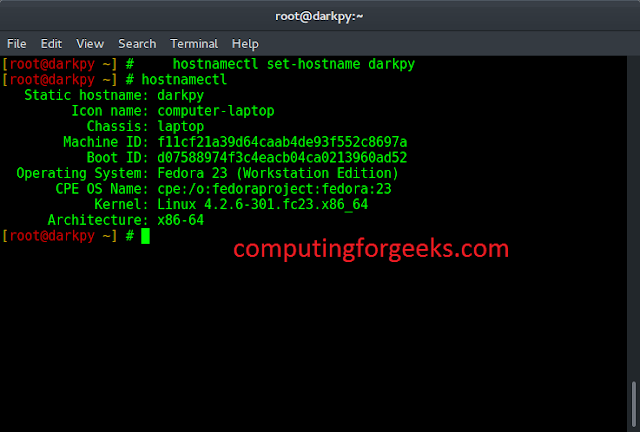Sometimes, while working with strings, we can have a problem in which we need to perform string slicing. In this, we can have a variant in which we need to perform reverse slicing that too interval. This kind of application can come in day-day programming. Let us discuss certain ways in which this task can be performed.
Method #1: Using String Slicing (1)
This task can be performed using string slicing, that too nested one. In this, the first slice performs the Interval, and the second slice performs reverse.
Example
Python3
# Python3 code to demonstrate working of# Reverse Interval Slicing String# Using String Slicing 1# initializing stringtest_str = "neveropen"# printing original stringprint("The original string is : " + test_str)# initializing IntervalK = 2# Reverse Interval Slicing String# Using String Slicing 1res = test_str[::K][::-1]# printing resultprint("The reverse Interval Slice : " + str(res)) |
The original string is : neveropen The reverse Interval Slice : segoseg
Method #2: Using String Slicing (2)
It is another way in which this task can be performed. In this, we employ similar way as above, but a different kind of slicing.
Python3
# Python3 code to demonstrate working of # Reverse Interval Slicing String# Using String Slicing 2# initializing stringtest_str = "neveropen"# printing original stringprint("The original string is : " + test_str)# initializing IntervalK = 2# Reverse Interval Slicing String# Using String Slicing 1res = test_str[::-1][::K]# printing result print("The reverse Interval Slice : " + str(res)) |
The original string is : neveropen The reverse Interval Slice : segoseg
Method#3: Using join + list comprehension
With a specified method, we can perform this task. List comprehension is used to iterate over the string and join method is used to join the list which is formed as a product of list comprehension.
Python3
# Python3 code to demonstrate working of # Reverse Interval Slicing String# Using join + list comprehensionfrom functools import reduce# initializing stringtest_str = "neveropen"# printing original stringprint("The original string is : " + test_str)# initializing IntervalK = 2# Reverse Interval Slicing String# Using join and list comprehensionk = "".join( test_str[i] for i in range(len(test_str)-1, -1, -K))# printing result print("The reverse Interval Slice : " + str(k)) |
The original string is : neveropen The reverse Interval Slice : segoseg
The Time and Space Complexity for all the methods are the same:
Time Complexity: O(n)
Auxiliary Space: O(n)
Method #4: Using Recursion
Here is a recursive approach to perform the reverse interval slicing of a string.
Python3
def reverse_interval_slice(string, k, i, result): if i < len(string): result = string[i] + result return reverse_interval_slice(string, k, i+k, result) return result # initializing stringtest_str = "neveropen" # printing original stringprint("The original string is : " + test_str) # initializing IntervalK = 2 # Reverse Interval Slicing String# Using Recursionresult = reverse_interval_slice(test_str, K, 0, "") # printing resultprint("The reverse Interval Slice : " + result)#This code is contributed by Edula Vinay Kumar Reddy |
The original string is : neveropen The reverse Interval Slice : segoseg
Time Complexity: O(n)
Auxiliary Space: O(n)
Method #5: Using lambda function
In this method, the lambda function takes two arguments test_str and K, which are the string and the interval size, respectively.
The lambda function uses string slicing to reverse the string in intervals of size K. The test_str[::K] expression gets every Kth element from the string starting from the beginning, and the [::-1] expression reverses the resulting string.
Below is the code for the above method:
Python3
reverse_interval_slicing = lambda test_str, K: test_str[::K][::-1]# initializing stringtest_str = "neveropen"# printing original stringprint("The original string is : " + test_str)# initializing IntervalK = 2# Reverse Interval Slicing Stringres = reverse_interval_slicing(test_str, K)# printing resultprint("The reverse Interval Slice : " + str(res))# Contributed by rishabmalhdijo |
The original string is : neveropen The reverse Interval Slice : segoseg
Time Complexity: O(n)
Auxiliary Space: O(n)




